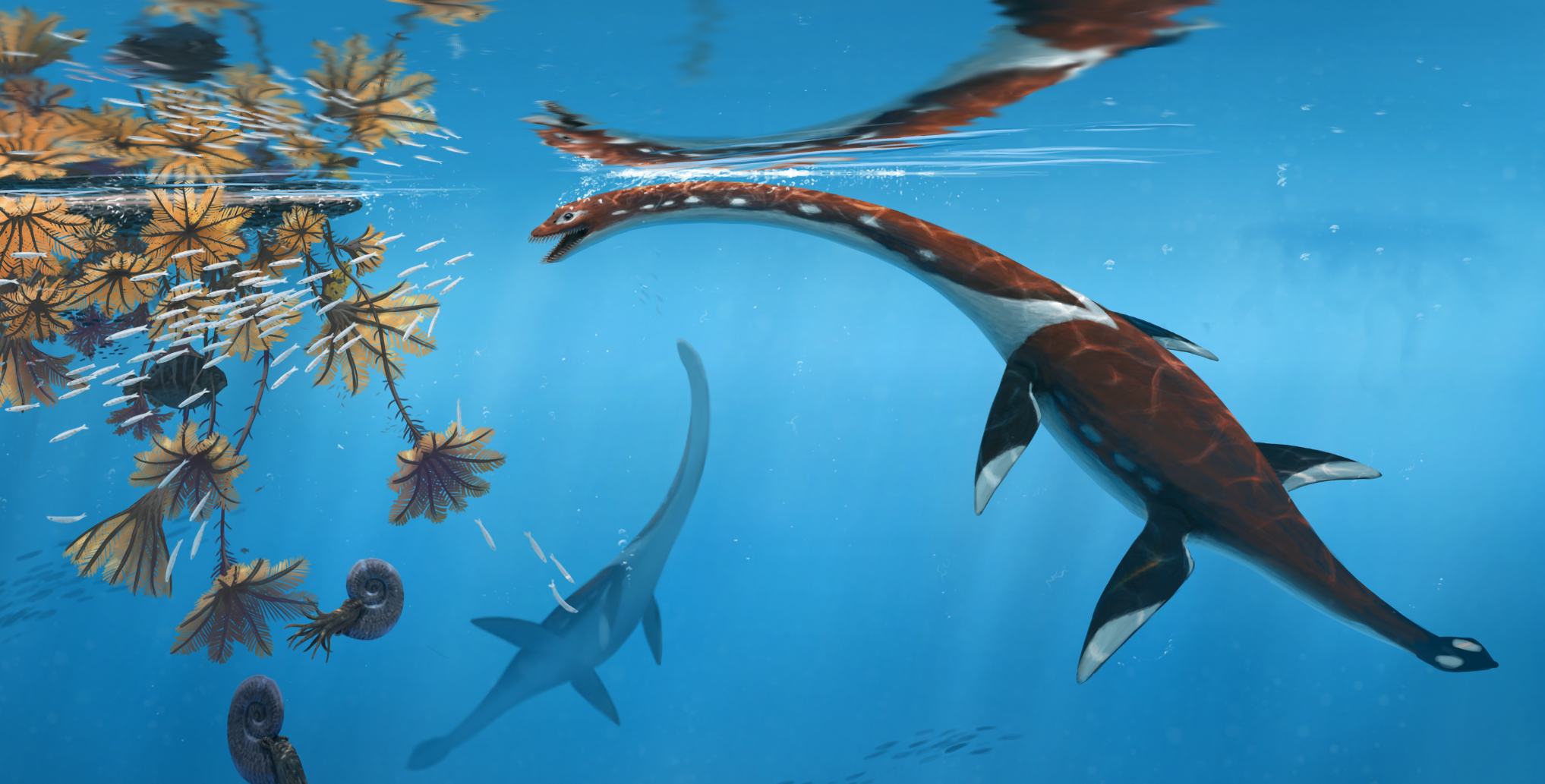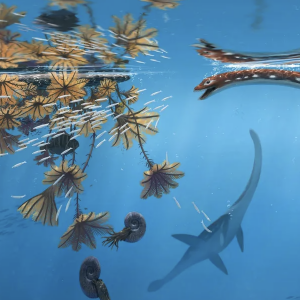An unusual early-diverging plesiosauroid from the Lower Jurassic Posidonia Shale of Holzmaden, Germany
In the Press
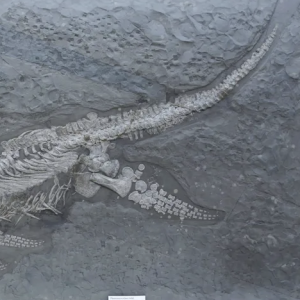
In 1978, palaeontologists unearthed an ancient sea reptile from a German quarry
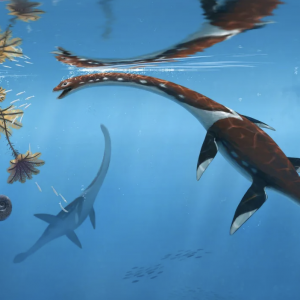
New species of 'Jurassic sea monster' identified in old fossil
USA Today

Paleontologists discover ‘unusual’ long-necked plesiosaur in Germany
Popular Science
.
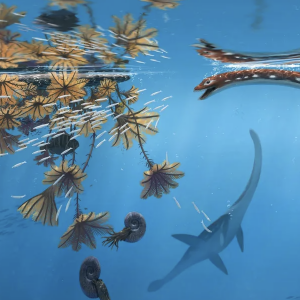
Jurassic fossil reveals a long-necked sea monster
“This specimen has been in collections for decades, but previous studies never fully explored its distinctive anatomy, our detailed examination revealed an unusual combination of skeletal features that clearly distinguish it from all previously known plesiosaurs.”
For All Readers - AI Explainer
What is the main discovery presented in this research?
A new plesiosauroid genus and species called Plesionectes longicollum from the Lower Jurassic Posidonia Shale of Holzmaden, Germany.
When and where was this specimen discovered?
The specimen was discovered in 1978 in a quarry in Holzmaden, Southwest Germany, and is now housed at the Staatliches Museum für Naturkunde in Stuttgart (catalog number SMNS 51945).
What makes this discovery significant?
This discovery increases the known plesiosaur diversity from both the Toarcian age and the Posidonia Shale. The specimen displays an unusual combination of anatomical features not significantly influenced by its immature developmental stage.
How does this specimen relate to other plesiosaur discoveries from the same area?
It is the sixth plesiosaur taxon identified from the Posidonia Shale at Holzmaden, joining five previously described taxa: Hauffiosaurus zanoni, Meyerasaurus victor, Seeleyosaurus guilelmiimperatoris, Microcleidus brachypterygius, and Plesiopterys wildi.
What is particularly notable about the age of this specimen?
It comes from the oldest known plesiosaur-bearing layer (Lias ɛII1, tenuicostatum zone, semicelatum subzone) in the Holzmaden area, making it the oldest known plesiosaur specimen from this location.
Why was this specimen named Plesionectes longicollum?
The name was given because the specimen possesses a unique combination of character states, including one potential local autapomorphy (unique feature), that distinguishes it from other known plesiosaurs.
What does this discovery tell us about the Posidonia Shale?
It suggests that the biodiversity of the Posidonia Shale was even richer than previously understood and remains incompletely known, highlighting the importance of continued research in this fossil-rich formation.
What are Article Spotlights?
Spotlighted articles are press released, and feature author interviews, AI explainers and more.
If you have published in Peer J and would like to be featured in an Article Spotlight please contact PeerJ.

